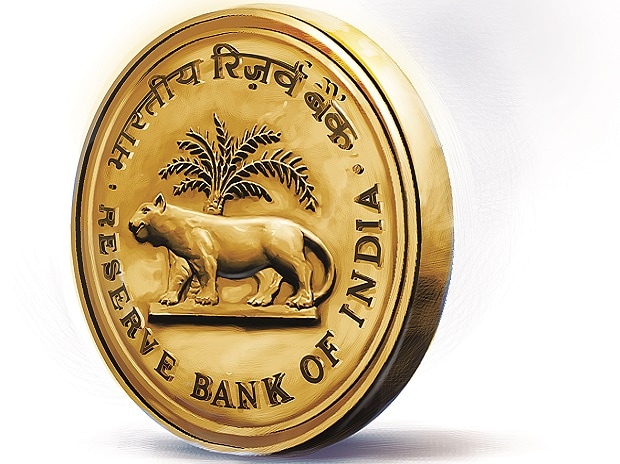[ad_1]
Sharp differences in opinion were observed among the members of Reserve Bank of India’s (RBI’s) monetary policy committee (MPC) as some asked for restraint on future hikes in interest rates while others still believe in continuing with aggressive hikes.
The MPC hiked the policy repo rate by 50 basis points (bps) to 5.9 per cent in the last policy review, announced on September 30. Since May, repo rate has been hiked by 190 bps even as inflation stayed stubbornly higher, over 6 per cent — the upper tolerance limit of RBI. (100 bps = 1 percentage points)
External member Jayanth Varma who supported the 50-bps rate hike said it was time to pause as monetary policy actions acted with a lag.
“A pause is needed after this hike because monetary policy acts with lags,” Varma said, as the minutes showed which was released on Friday.
“It may take 3-4 quarters for the policy rate to be transmitted to the real economy, and the peak effect may take as long as 5-6 quarters,” he said, adding that much of the rate hike impact is yet to be transmitted to the real economy. “…less than a third of the increase in the repo rate during April-August has been transmitted to retail bank deposit rates.”
Another external member of MPC Ashima Goyal said the rate cycle was not over but a gradual approach is required.
“…if lagged effects of monetary policy are large, as in India, overreaction can be very costly. Harmful effects become clear too late and are difficult to reverse. Gradual data-based action reduces the probability of over-reaction,” she said. Goyal voted for a 35-bp rate hike during the last policy review meeting.
“It is necessary to go very carefully now that forward-looking real interest rates are positive,” Goyal said.
Michael Patra, deputy governor of RBI, who is an internal member perhaps was the most hawkish in the group.
“…currently available projections of inflation suggest that the real policy rates will remain negative up to close of 2022. Hence, more forceful tightening of monetary policy in 2023 may be required if terminal rates have to be achieved,” Patra said.
Patra said the RBI’s forward-looking surveys suggest that selling prices in manufacturing and services may rise further as pass-through from input cost pressures remains incomplete. He said exchange rate volatility is amplifying these core price pressures, especially in view of key import prices being invoiced in the US dollar.

“Inflation expectations are rising, with signs that they are becoming unanchored over a one year ahead horizon. Taken together with a closing output gap, rising capacity utilisation in manufacturing, surging demand for services and the pick-up in spending as the festival season nears, monetary policy must move to red alert,” he said.
RBI Governor Shaktikanta Das said the world was in the eye of the new storm from aggressive policy tightening from central banks of advanced economies and their even more aggressive forward guidance.
“The future trajectory remains clouded with uncertainties arising from continuing geopolitical conflicts, possibility of further supply disruptions, volatile financial market conditions and domestic weather related factors,” Das said, adding that he remained optimistic about the future prospects of the Indian economy.
“The need of the hour is calibrated monetary policy action, with a clear understanding that it is required for sustaining our medium-term growth prospects,” Das said.
The next review of the monetary policy committee is scheduled on December 5-7.
“The minutes paint a clear divergence among MPC members on the future rate trajectory, with financial stability increasingly in focus. In the near term, given limited comfort on price trends, we see a case for further rate tightening, but possibly by less than the latest 50bp hike,” said Rahul Bajoria, MD and head of E-M Asia (ex-China) Economics, Barclays.
[ad_2]
Source link



